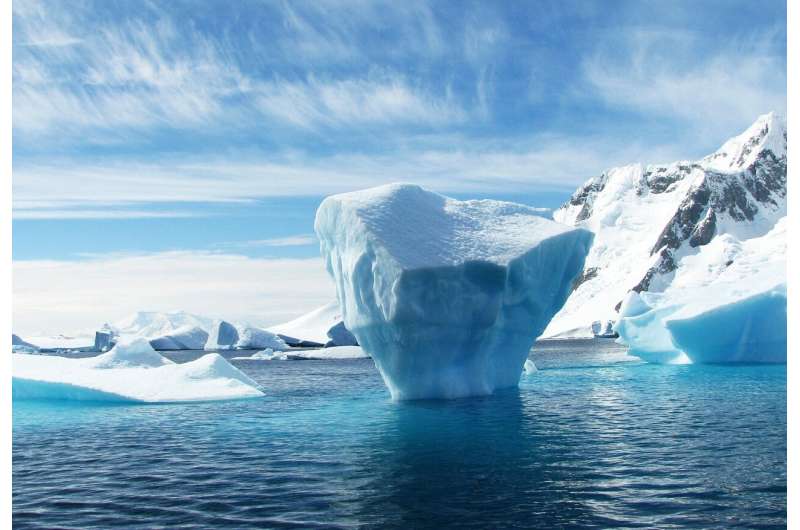Arctic sea-ice loss intensifies aerosol transport to Tibetan Plateau

A joint research team led by Prof. Cong Zhiyuan from the Institute of Tibetan Plateau Research (ITP) of the Chinese Academy of Sciences (CAS) found that Arctic sea-ice loss intensifies aerosol transport to the Tibetan Plateau (TP).
The study, published in Nature Climate Change on August 31, provides a new perspective on understanding the trans-boundary transport of atmospheric pollutants to the TP.
The Tibetan Plateau has recently been polluted by anthropogenic emissions transported from South Asia and Central Asia adjacent to TP under the influence of atmospheric circulation.
However, currently, there is still a lack of deep understanding of the specific characteristics and relevant mechanisms of such trans-boundary transport of pollutants.
The researchers analyzed the long-term atmospheric aerosol observation data from Nam Co Monitoring and Research Station for Multisphere Interactions as well as Qomolangma Atmospheric and Environmental Observation and Research Station.
They found that the aerosol optical depth (AOD) presented a significant annual peak in April each year. In this time period, South Asia also experiences intensive forest fires and burning of agricultural wastes.
The Arctic sea-ice loss is accelerating due to global warming. According to the statistical diagnostic analysis, the reduction of Arctic sea ice over the North Atlantic in February resulted in the abnormal warming of the ocean surface and the lower atmosphere, thereafter the decrease of the temperature gradient in the Arctic and mid-latitude atmosphere.
According to the concept of the principle of thermal wind, the polar jet in this region is weakened, and the warm and moist oceanic air transported into the mid-latitude Eurasia interior is reduced, which leads to the reduction of the Ural snowpack from February to April, thus affecting the large-scale disturbance of the westerly zone in April.
"These conditions facilitate an enhanced subtropical westerly jet at the southern edge of the TP, strengthened upslope winds that combine with mesoscale updrafts such as valley winds to waft emissions over the Himalayas onto the TP," said Dr. Li Fei from the University of Bergen, the first author of the study.
Under global warming, winters with low Arctic sea ice conduce to the accumulation of aerosols, especially black carbon, over the TP, which may accelerate the retreat of glaciers on the TP.
"It is noteworthy that, at present, the TP remains clean as a whole, however, if external disturbances continue to increase, a series of environmental risks will be aggravated," said Dr. Wan Xin from ITP, the co-corresponding author of the study.
TP warming rate is more than twice the global warming rate over the past decades. Therefore, the reduction of anthropogenic emissions through international cooperation is the only way to curb the environmental risks.
More information: Fei Li et al. Arctic sea-ice loss intensifies aerosol transport to the Tibetan Plateau, Nature Climate Change (2020). DOI: 10.1038/s41558-020-0881-2
Journal information: Nature Climate Change
Provided by Chinese Academy of Sciences




















